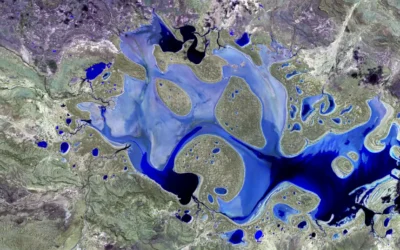Albania’s capital, Tirana, is among the least-known cities in Europe. For the last 30 years, the country has been trying to shake off its dark past with communist ties, the main highlight of which was the cruel and oppressive rule of Enver Hoxha.
Hoxha ruled the country from WWII’s end until his death in 1985 and kept the country self-isolated from Europe for the entirety of his rule. The day Hoxha died there were throngs of people mourning, mass depictions of grief, and women pulling out their hair in hysteria.
All this information was coming to me from a local guide who accompanied me during my tour of the city. As he kept telling me stories of the country’s past, I kept realizing how little the rest of Europe knew about the country.
We started our tour at Skanderbeg Square, which is a vast central plaza named after George Castriot, a local military commander and nobleman from the 15th century who resisted Ottoman Empire’s expansion. The plaza has a style of architecture that looks very Italian. It is home to ochre City Hall, the National Art Gallery, the National Historical Museum, Et’hem Bey Mosque, and the National Theatre of Opera.
Our next stop featured two iron statues of Stalin along with one of Lenin. We walked on, entering the Blloku district and passing by several cafes, almost all of which were crowded with people. Near the remnants of a castle was a grand and brightly lit shopping mall that shows how much the country has moved on from its past.
We also walked past the old mansion of Hoxha, which is empty but protected by the army. We also came across common fast-food chains like KFC, which is among the very few western franchises that operate in Tirana. From what my guide told me, the current Albanian government is trying its best to get more accepted in the EU.
We reached The Pyramid, which is possibly the most bizarre attraction in the city. It resembled a giant broken UFO and was built for $5 million by Hoxha as his monument when more than half the population of the country was starving.
The city has as many pieces from its past as those that depict its revival. With Jazz-playing bars with settings no different than those in New York or London built in front of concrete tunnels leading to bunkers that Hoxha built to save his government officials in case of an outside attack, the city is like two cities in one.
However, the general mood in the city is the same all across, and that is a celebratory one. You can see kids playing football on the streets of Tirana, older men sitting and chatting or playing dominoes, indie bands jamming, and people dancing and celebrating.



